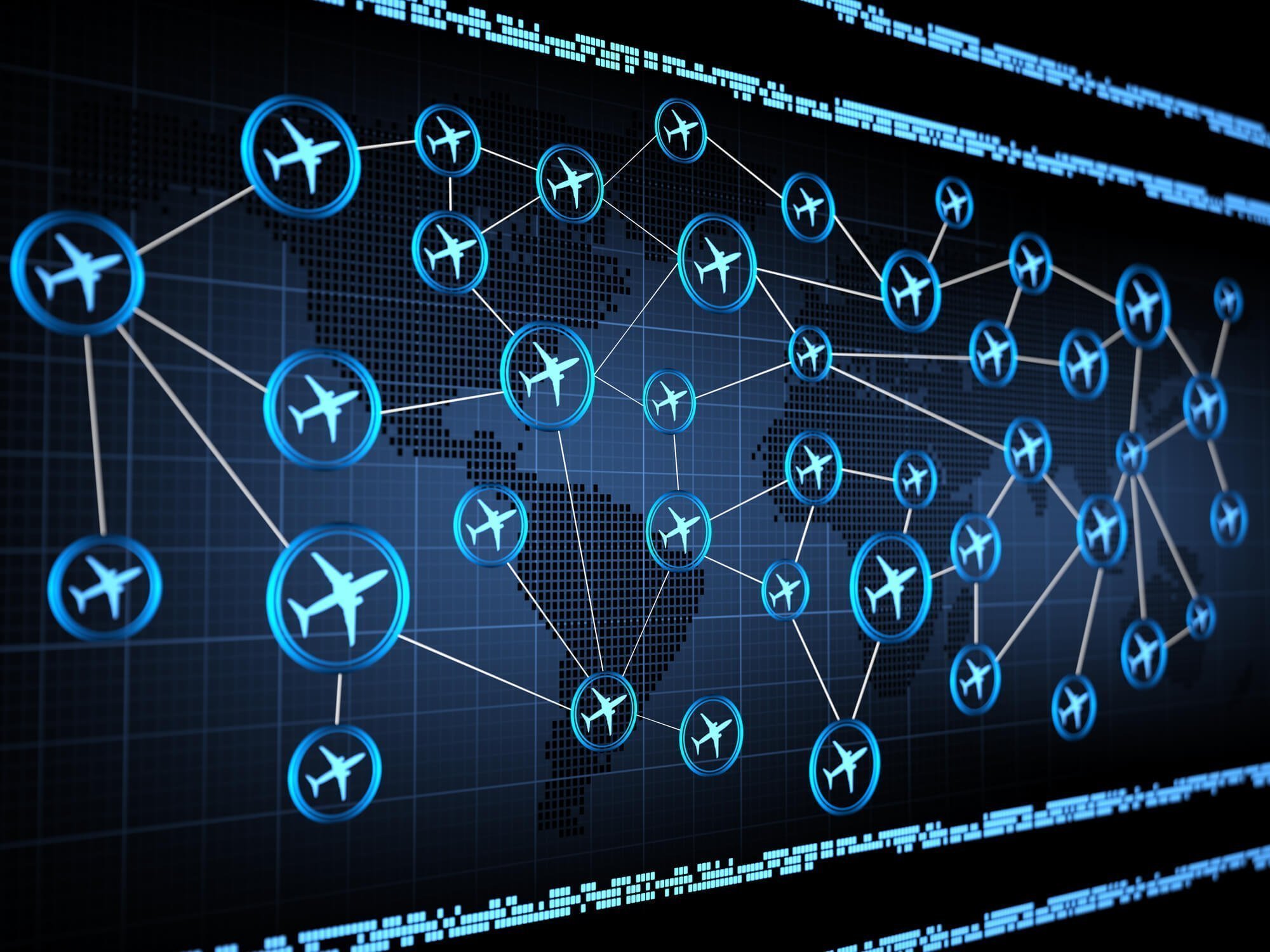
Cloud AI Managed Air Traffic Control Systems
Service-Disabled Veteran-Owned Small Business (SDVOSB)
Small Disadvantaged Business (SDB)
Small Disadvantaged Business leads to enhanced innovation and creativity, as these businesses often offer unique perspectives and solutions shaped by their diverse backgrounds. Moreover, partnering with Small Disadvantaged Business can provide access to specialized skills and capabilities that might otherwise be overlooked, contributing to improved competitiveness and efficiency.
What Can Cloud AI Do For Air Traffic Control Systems?

Transforming for Innovation, Sustainability and Security
Transforming for Innovation and Sustainability securing future competitive advantage
Conclusion for Cloud AI Managed Air Traffic Control Systems
The post-Covid-19 times are proving to bring high air traffic and increased challenges for aviation companies. Cloud AI managed air traffic control systems are the most technologically advanced and viable solution currently present in the market for coping with the current as well as future challenges and rendering the air traffic systems more efficient. To equip your systems with the combined power and potential of the cloud, machine learning, and artificial intelligence for in-creased productivity, why not contact Cloud Computing Technologies now?
Generative AI Software Integration
What clients say about Cloud Computing Technologies














